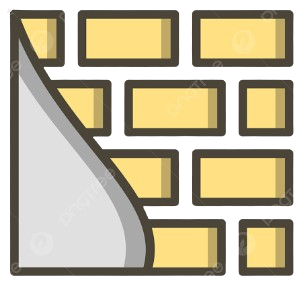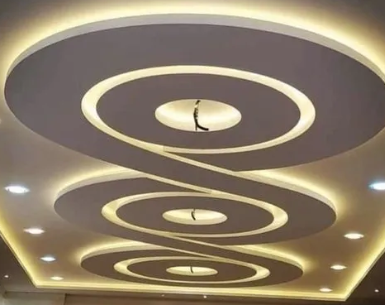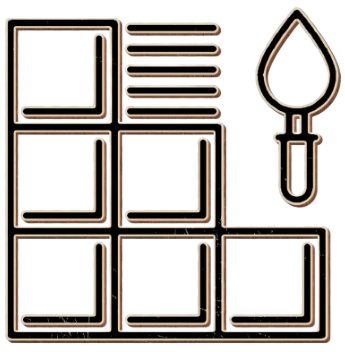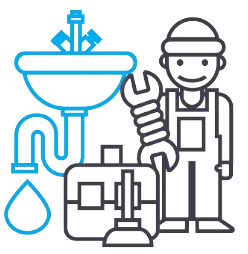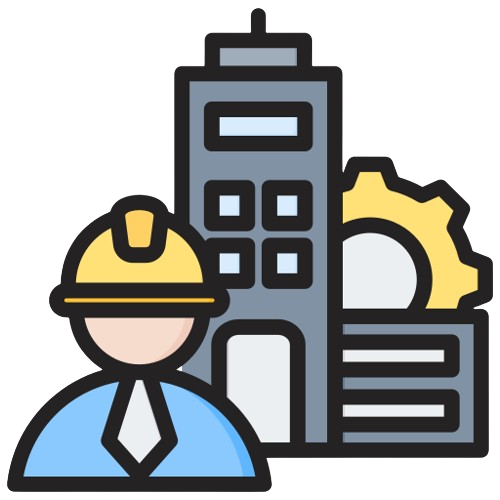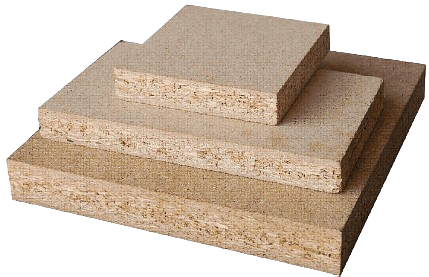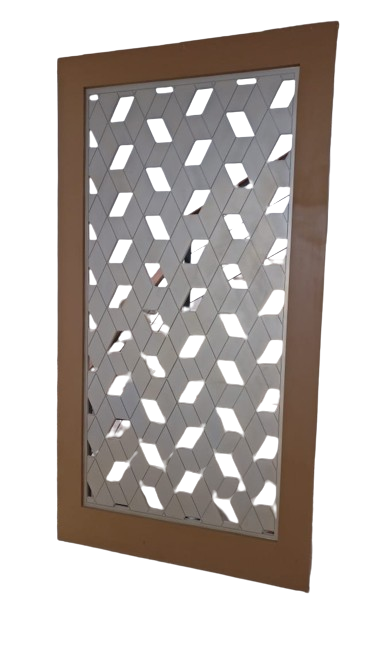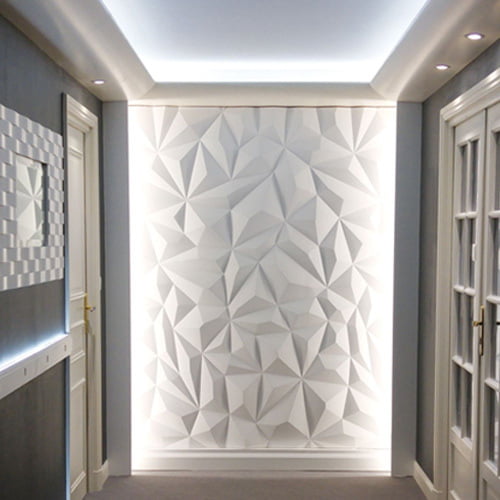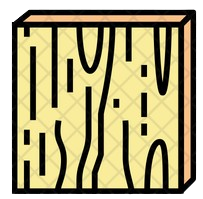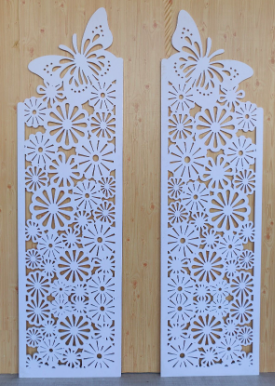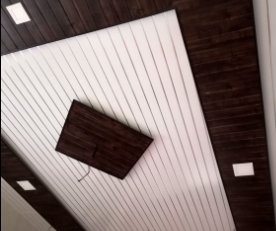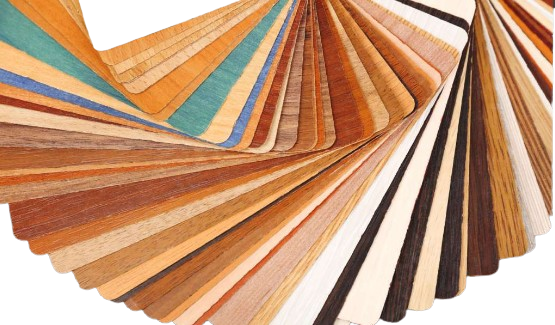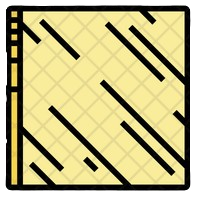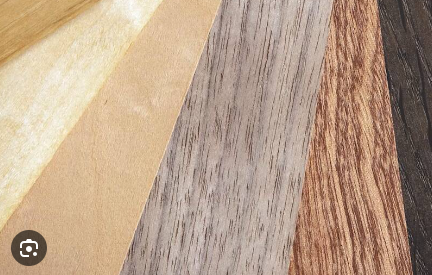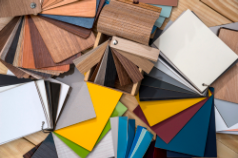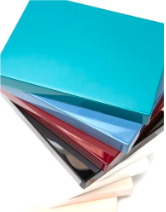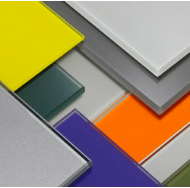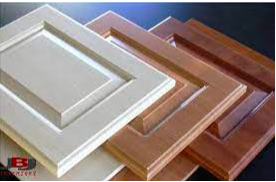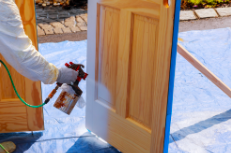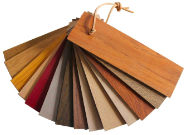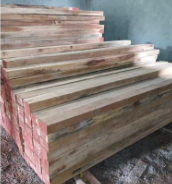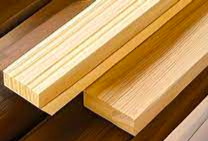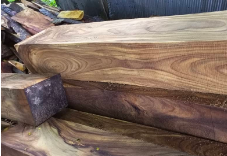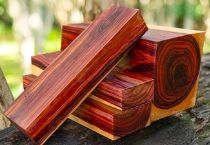
Medium-density-fibreboard
Medium-density fibreboard (MD) is an engineered wood product made by breaking down hardwood or softwood residuals into wood fibres, often in a defibrator, combining it with wax and a resin binder, and forming it into panels by applying high temperature and pressure. MDF is generally denser than plywood. It is made up of separated fibres but can be used as a building material similar in application to plywood. It is stronger and denser than particle board.
MDF is typically made up of 82% wood fibre, 9% urea-formaldehyde resin glue, 8% water, and 1% paraffin wax.The density is typically between 500 and 1,000 kg/m2 (31 and 62 Ib/cu ft). The range of density and classification as light-, standard-, or high-density board is a misnomer and confusing. The density of the board, when evaluated in relation to the density of the fibre that goes into making the panel, is important.
A thick MDF panel at a density of 700-720 kg/m 144-45 lb/cu ft) may be considered as high density in the case of softwood fibre panels, whereas a panel of the same density made of hardwood fibres is not regarded as so. The evolution of the various types of MDF has been driven by differing need for specific apolications

Plywood (Stronger with layers)
Plywood is a composite material manufactured from thin layers, or "plies", of wood veneer that are glued together with adjacent layers, having their wood grain rotated up to 90° to one another. It is an engineered wood from the family of manufactured boards, which include medium-density fibreboard (MDF), oriented strand board (OSB), and particle board (or chipboard).
All plywoods bind resin and wood fibre sheets (cellulose cells are long, strong and thin) to form a composite material. This alternation of the grain is called cross-graining and has several important benefits: it reduces the tendency of wood to split when nailed at the edges; it reduces expansion and shrinkage, providing improved dimensional stability; and it makes the strength of the panel consistent across all directions. There is usually an odd number of plies, so that the sheet is balanced--this reduces warping. Because plywood is bonded with grains running against one another and with an odd number of composite parts, it has high stiffness perpendicular to the grain direction of the surface ply.

WPC – Plastic (Not Wood)
Wood-plastic composites (PCs) are composite materials made of wood fiber/wood flour and thermoplastics) such as polythene (PE), polypropylene (PP), polyvinyl chloride (PVC), or polylactic acid (PLA).
In addition to wood fiber and plastic, WPCs can also contain other ligno-cellulosic and/or inorganic filler materials. WPCs are a subset of a lärger category of materials called natural fiber plastic composites (NFPCs), which may contain no cellulose-based fiber fillers such as oulo fibers, peanut hulls, coffee husk, bamboo, straw, digestate, etc. Chemical additives provide for integration of polymer and wood flour (powder) while facilitating optimal processing conditions.

PVC – Plastic (Not Wood)
Closed-cell PVC foamboard is a lightweight rigid material used primarily in the manufacture of signs and displays. It is considered robust for outdoor use, being immune to rain and resistant to wind and sunlight.
Closed-cell PVC foamboard is mainly used for industrial and manufacturing purposes. The material is primarily used in the manufacturing of signs and displays which are used for promotion ads, as well as road signs. Its appealing material properties have made it popular among the makers of scale models and theatrical proos. Builders who create yachts and composites used for experimental aircraft are typically found using PVC foamboard. This type of PVC foamboard is well resistant to weather and sunlight, and can thus be used to protect other, more damage-prone products.




